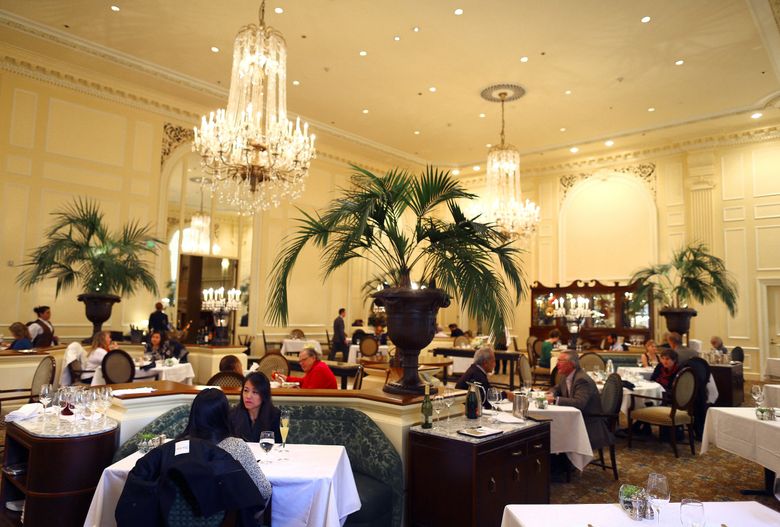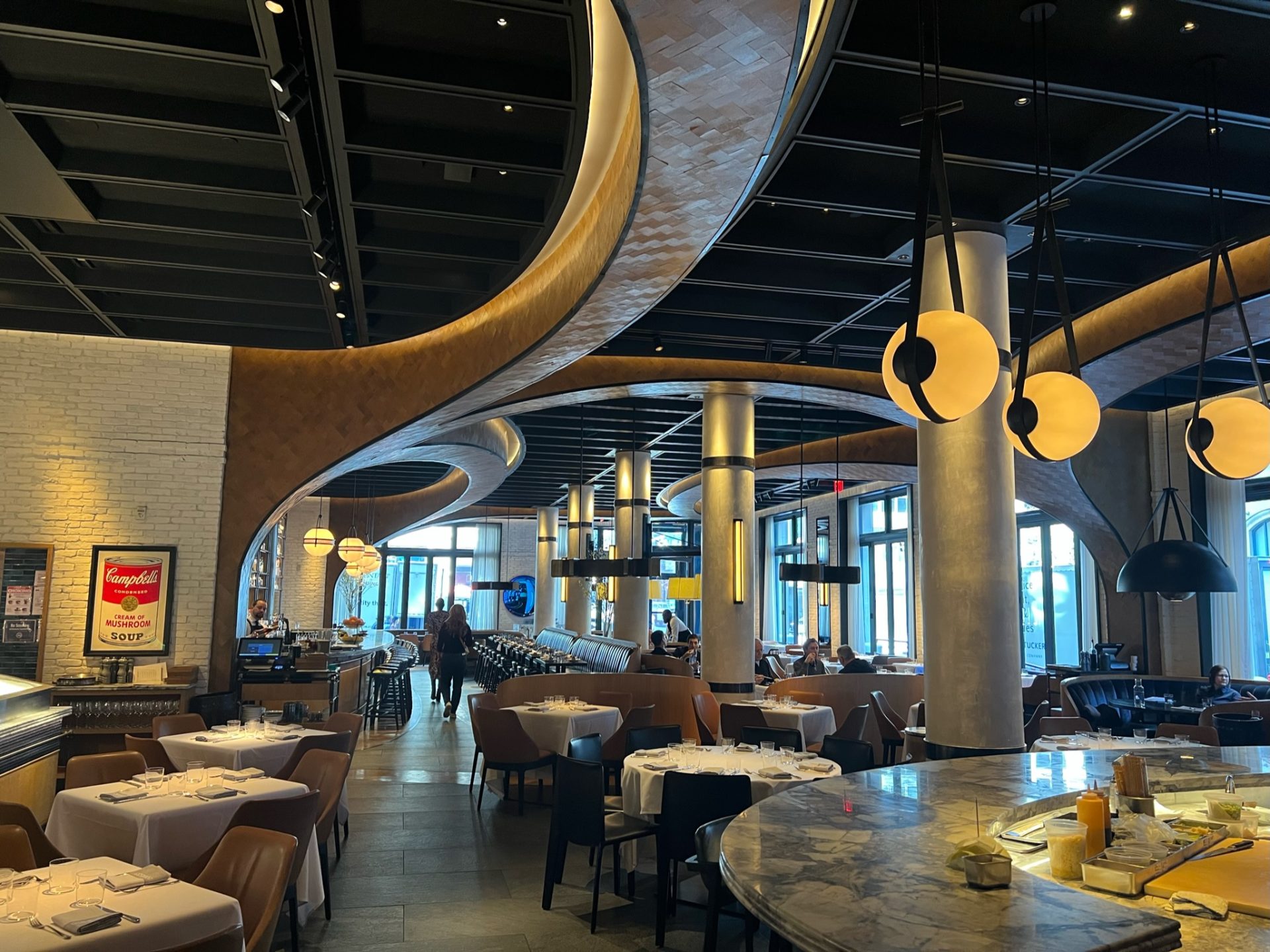Asian Restaurant ISB: A Must-Try Area for Food Lovers in Islamabad
Asian Restaurant ISB: A Must-Try Area for Food Lovers in Islamabad
Blog Article
Savor Authentic Oriental Cuisine With a Pan-Asian Twist for a Culinary Journey
Beginning on a culinary trip via authentic Asian cuisine, enhanced with a Pan-Asian twist, offers a distinct chance to check out the rich tapestry of flavors that define the area's diverse culinary traditions. As you ponder these enticing recipes, take into consideration the cultural narratives and historic impacts that shape them, each bite providing a story waiting to be discovered. Chinese food Islamabad.

Discovering Pan-Asian Flavors
In the world of international gastronomy, Pan-Asian cuisine sticks out for its exceptional diversity and the unified interplay of tastes from different Eastern societies. This cooking technique celebrates the unique components and abundant customs located throughout the continent, creating a tapestry of tastes that is both satisfying and appealing. Key to Pan-Asian food is its ability to balance different tastes-- wonderful, salted, spicy, and sour-- while highlighting the quality and quality of each ingredient.
From the umami-rich soy sauce of Japan to the intense chili peppers of Thailand, Pan-Asian cuisine offers a considerable combination of flavors. These components are frequently integrated in creative ways, improving meals with layers of intricacy. For example, the use of aromatic natural herbs such as lemongrass and cilantro, usual in Vietnamese and Thai food, adds a revitalizing brightness to meals, while the consolidation of coconut milk delivers a luscious, rich texture.
The focus on fresh fruit and vegetables and fragrant seasonings makes sure that each meal is not only a banquet for the palate but likewise for the detects. Pan-Asian food welcomes restaurants to get started on a cooking trip, exploring the vast and differed landscapes of Eastern gastronomy with every bite.
Blend Recipes to Attempt
While Pan-Asian cuisine is commemorated for its standard flavors, the modern-day culinary landscape is increasingly welcoming combination meals that blend these classic elements with impacts from other regions. This cutting-edge strategy not just honors the abundant heritage of Asian cookeries however additionally presents unique taste experiences that interest contemporary tastes buds.
A prime instance of such a combination dish is the Korean-Mexican taco, where seasoned bulgogi beef is wrapped in a warm tortilla, covered with kimchi and a spicy gochujang-infused salsa. This combination weds the bold, full-flavored flavors of Korea with the lively, fresh elements of Mexican cuisine. In a similar way, sushi burritos have obtained popularity, joining together the delicate virtuosity of Japanese sushi with the passionate, hand-held convenience of a burrito, typically featuring blend ingredients like tempura shrimp and avocado with a drizzle of wasabi mayo.
One more notable recipe is Thai curry ramen, which infuses the luscious, aromatic spices of Thai curry right into the reassuring brew of conventional Japanese ramen, producing an unified blend that tantalizes the detects. These fusion meals prolong past plain novelty; they represent a culinary dialogue between societies, urging expedition and innovation worldwide of Pan-Asian cuisine.
Necessary Active Ingredients and Spices
To truly appreciate Pan-Asian food, one should recognize the crucial ingredients and spices that create its structure. This diverse culinary style draws from an abundant tapestry of Eastern practices, using an unified mix of tastes and informative post structures.
Aromatic elements are pivotal, with garlic, ginger, and lemongrass being ubiquitous throughout different Pan-Asian recipes. These active ingredients supply an aromatic base that enhances the intricacy of flavors. Seasonings such as celebrity anise, cardamom, and cinnamon present heat and personality, echoing impacts from regions like China and India.

Cooking Methods and Tips
Mastering the art of Pan-Asian food requires knowledge with its distinct food preparation methods, each adding to the vivid tapestry visit the site of tastes this cooking practice is commemorated for. Central to these methods is the stir-fry, a fast cooking method that maintains the dietary honesty and vivid colors of components. Using a frying pan, the stir-fry approach permits also warmth distribution, important for accomplishing the particular appearance and flavor equilibrium of Pan-Asian recipes.
Another essential method is steaming, particularly common in Chinese food. This gentle approach preserves the natural flavors and nutrients of components, making it perfect for fish and shellfish and veggies. Dumplings, a cherished staple, commonly gain i thought about this from steaming, resulting in soft, delicious appearances.
Cooking, additionally important, imparts great smoky midsts to meals such as Korean bulgogi or Japanese yakitori (asian fusion restaurant). This technique frequently involves seasoning components, enabling flavors to pass through deeply prior to cooking over an open fire or warm plate
Finally, mastering the art of stabilizing flavors-- sweet, sour, salted, bitter, and umami-- is vital. Correctly layering these elements can elevate a meal from normal to amazing, providing a complicated and pleasing culinary experience that personifies the essence of Pan-Asian food.
Dining Experiences Worldwide
Across the world, Pan-Asian cuisine supplies an unequaled eating experience, celebrated for its abundant tapestry of tastes and dynamic discussions. This cooking phenomenon has actually transcended cultural borders, capturing the hearts and tastes buds of food enthusiasts worldwide. In worldwide cities fresh York, London, and Sydney, Pan-Asian restaurants act as melting pots where cooking customs from Thailand, Japan, China, and past converge, supplying restaurants with an eclectic mix of recipes that highlight the region's variety.
The worldwide appeal of Pan-Asian cuisine lies in its ability to provide both authenticity and innovation. Chefs masterfully wed typical ingredients such as lemongrass, soy sauce, and miso with modern strategies, causing dishes that are both familiar and refreshingly new. This blend permits restaurants to get started on a cooking trip that values heritage while welcoming modernity.
Moreover, dining experiences are elevated through thoughtfully designed environments that show the values of Pan-Asian aesthetics. From minimalist Japanese-inspired interiors to vibrant Thai-themed rooms, each dining establishment uses a special atmosphere that matches the culinary offerings. Because of this, patrons are not just eating a meal yet partaking in a cultural experience, making Pan-Asian eating a genuinely worldwide phenomenon.
Conclusion
The expedition of Pan-Asian food supplies an extensive understanding of the detailed interaction of flavors and culinary traditions across Asia. By welcoming blend recipes such as Thai curry ramen and sushi burritos, the cooking trip not only highlights the versatility of typical active ingredients yet additionally showcases cutting-edge modern-day methods. This gastronomic journey, improved by cooking approaches and important seasonings, provides a distinct chance to value the multiculturalism and cooking virtuosity that define Pan-Asian cuisine on an international range.
Getting started on a culinary trip with genuine Oriental food, enhanced with a Pan-Asian spin, provides an unique chance to explore the rich tapestry of tastes that define the area's diverse culinary practices.In the realm of international gastronomy, Pan-Asian cuisine stands out for its exceptional diversity and the harmonious interaction of flavors from numerous Asian societies. Key to Pan-Asian food is its capability to stabilize contrasting flavors-- pleasant, salty, spicy, and sour-- while highlighting the quality and high quality of each component.

Report this page